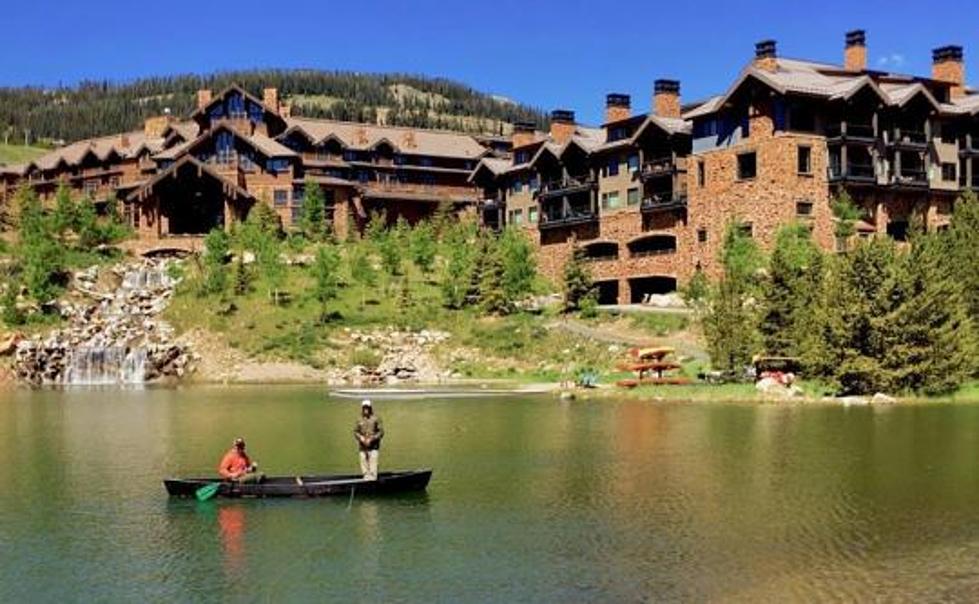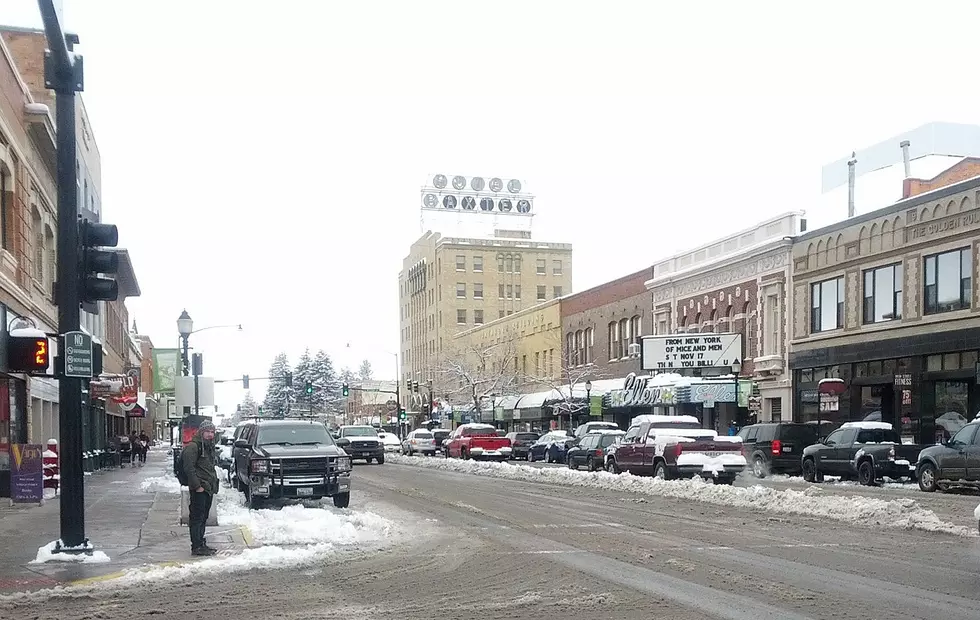
Bankruptcy: The Show I Hate To Do
Every fall I do a bankruptcy show on “Open for Business.” It’s a show I hate to do but it’s one of those necessary evils of life. In case you missed the show here is a brief synopsis and the links for help in money management and, if you must declare bankruptcy, how it works and where to start.
Money Management Without Declaring Bankruptcy
About four years ago I was looking at $40,000 of debt and saw no way of ever getting out from under that huge amount with my then current income. I contacted, what was then, Consumer Credit Counseling of Montana for help. Today the name has been changed to “Rural Dynamics.” Click the name to see their web site. They set me up with a payment plan, contacted my creditors, got some of the interest rates lowered and in a little over four years I was debt free.
In order to complete this process, my wife and I had to sit down and make some serious sacrifices. We stopped the paper, cut the cable, turned down the heat, shopped thrift stores, we started clipping food coupons, carpooling, and anything else we could think of to save every penny. Did we totally give up fun? No. We would go out to a medium priced restaurant now and then. Since we didn’t have cable we would have a movie rental night once a month. But each month we could see ourselves getting closer to our goal. We could actually see the light at the end of the long financial tunnel. The key is — we had a plan.
How to Retire Debt
Go to any library or bookstore and you’ll find a self-help section filled with “Get Out of Debt” books. One of the more popular plans is Dave Ramsey’s “Total Money Makeover.” It consists, in part, by following seven steps to financial independence. You’ll find those 7 steps here.
Getting out of debt is a lot like losing weight. It’s portion control. How much can you spend vs. how much should you spend? The less you spend the more you can apply to retiring debt. If you’re losing weight it’s not smart to go to an “all you can eat” restaurant. And, if you are trying to get out of debt it’s not smart to spend all of every paycheck you receive.
Every cent of debt you can reduce is like getting a raise in pay. And that’s the secret to a better happier life. Suppose you and Bill Gates both bought a Gulfstream Jet. Which of you would have an easier time making the payments? The debt load would be the same for both of you, but your two incomes are not anywhere near equal. It’s not a matter of how much debt you owe; it’s a matter of how much debt you can comfortably manage.
What Not To Do
Do not, under any circumstances, contact the debt relief people you see advertised on late night TV. The ones who promise to fix your credit, or handle your IRS problems. If you have any doubts that what I’m telling you is true just do a Google search for the company name and add the word, “complaints” to the name.
Do not think that putting property in someone else's name will protect it from being taken in a bankruptcy. The court can go back four years and disallow any property swap or re-titling of the property. That includes homes, cars, boats, gold or any asset that can be sold to satisfy the bankruptcy court. Before doing anything that’s going to prejudice your case, get competent legal advice.
Several things can’t be discharged (forgiven) in a bankruptcy proceeding. Student loans, back alimony payments, back child support payments, IRS payments are not protected. You are still going to be on the hook for all of those. But the court can suggest a plan to catch up based on what income you will have after any unsecured credit is forgiven.
Two Common Types of Bankruptcies
The two common types of bankruptcies for individuals are Chapter 7 and Chapter 13. Click on each name for full information about each one. Chapter 7 is the most common and discharges almost all unsecured debt. Credit cards, medical, etc. Chances are good that you can keep your home, cars, by working out an agreement with your bank or car finance company. The bank does not want your house or car if they can keep the loan in force.
Chapter 13 is usually reserved for those with higher incomes who would have the resources to repay their creditors under a plan approved by the court. It would be like a debt consolidation loan.
Resources and Final Thoughts
Hopefully you will never have to file for bankruptcy but if you do here is the process in Montana. First, you have to take a course from a state approved entity on where your finances are. They will determine if a plan can be created to keep you out of bankruptcy or not. If bankruptcy is your only option you will receive a credit-counseling certificate to take to a bankruptcy attorney, after that you will have to go to Butte and appear before a bankruptcy trustee. This should take about 10 minutes and your conditional bankruptcy is completed. Lastly, you attend another course on money management to help you stay out of trouble and you are done.
Not everyone who is faced with bankruptcy is a deadbeat. The overwhelming causes of bankruptcy are medial issues. Catastrophic illness can drain saving, home and all other assets. There is nothing wrong with facing bankruptcy. You should not be embarrassed. Bad things often happen to good people. Here are some links to people that will be happy to help you with your money problems.
Links to Money Management Help in Montana:
Rural Dynamics – 877.275.2227 - you can set up a payment plan with your creditors either by phone or online. Or, if necessary, complete the beginning course to apply to the court for bankruptcy protection from your creditors.
Stuart Whitehair –(406) 587-4200 - Local attorney versed in bankruptcy laws and procedures.
Beverly Johnson, HRDC – Help with mortgage and loan modification questions and information. Beverly is also a former credit counselor for one of the state approved credit counseling organizations. She can direct you to a currently certified agency.
State of Montana Bankruptcy Site - Information about bankruptcy in Montana
More From KMMS-KPRK 1450 AM


![[POLL] What Price Point Is Affordable Housing In Bozeman?](http://townsquare.media/site/8/files/2015/12/GettyImages-453989470.jpg?w=980&q=75)

![[POLL] Would you accept a sales tax if property tax was gone?](http://townsquare.media/site/8/files/2019/10/RS24757_GettyImages-673057314-scr.jpg?w=980&q=75)




